
Traditional Chinese Medicine Popularization |
Opinions may be controversial; content is for reference only.
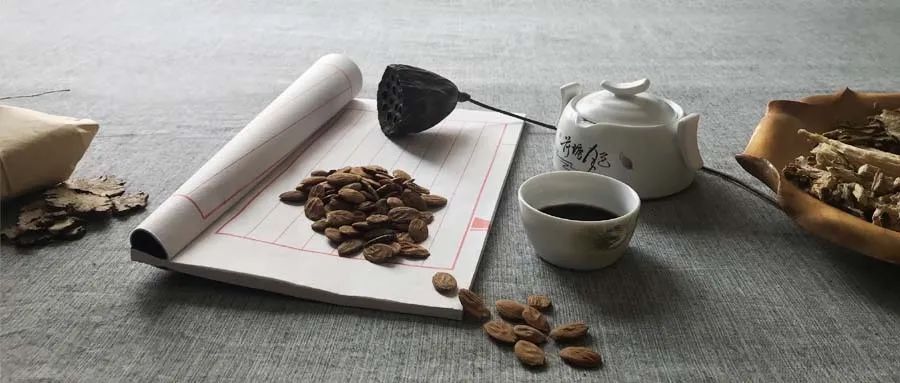 Written by | Anonymous Editor | Zichu
Written by | Anonymous Editor | Zichu
Introduction to the Five Elements and Six Excesses
What are the “Five Elements”?
The Five Elements refer to the ancient Chinese classification of the world into five categories: Metal, Wood, Water, Fire, and Earth. This philosophical method is used to understand, grasp, and transform the world.
What are the “Six Qi”?
The Six Qi refer to the six climatic changes in nature: Wind, Cold, Heat, Dampness, Dryness, and Fire. These are the conditions necessary for the growth and change of all things and for human survival.
What are the “Six Excesses”?
The Six Excesses, also known as the “Six Evils” or “Six Thieves,” refer to the external pathogenic factors caused by excessive Six Qi or by the weakness of the body’s righteous Qi, which cannot adapt to the changes in Six Qi, resulting in diseases caused by Wind, Cold, Heat, Dampness, Dryness, and Fire.
What does “Using the Five Elements to Understand the Six Excesses” mean?
“Using the Five Elements to Understand the Six Excesses” means categorizing the Six Excesses according to the Five Elements, thereby understanding the nature of the external pathogenic Six Evils. This helps in further understanding the characteristics of diseases caused by the Six Excesses and how to address these issues.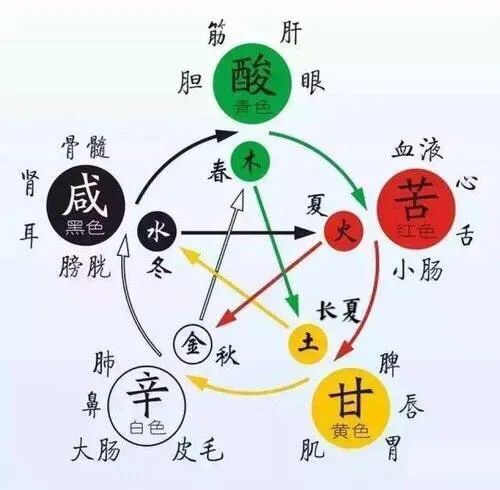
Next, we will explore the properties of Metal, Wood, Water, Fire, and Earth, how they categorize the Six Qi, and provide foundational knowledge for understanding the specific manifestations of diseases caused by the Six Excesses, as well as future solutions.
01
Wood and the Six ExcessesWood, Represents Growth
This refers to the vibrant and flourishing attribute. Anything possessing this attribute is called “Wood.” Plants are indeed Wood, but many other things also possess Wood attributes, such as spring in the four seasons, dogs among the five animals, sour among the five tastes, green among the five colors, the liver among the five organs, the gallbladder and san jiao among the six fu organs, and Wind among the Six Excesses (Qi).
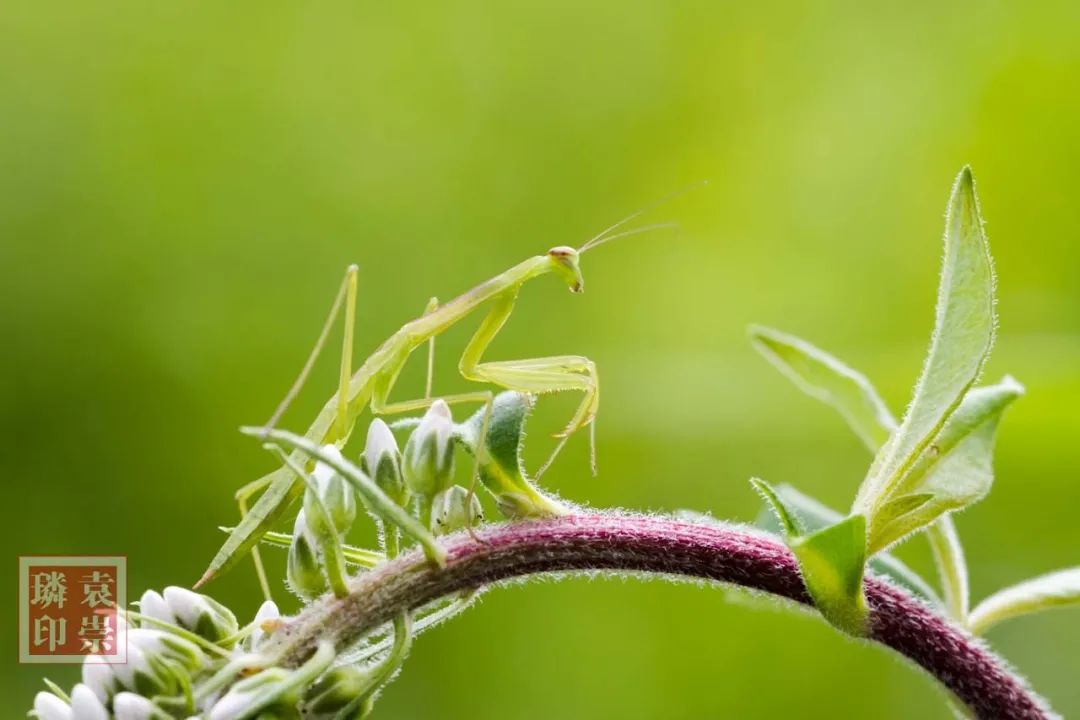 From this perspective, what jobs possess Wood characteristics? All professions with innovative and emerging traits, such as art and research, can be considered Wood jobs. If a home lacks Wood, it should incorporate more vibrant and life-giving decorations, such as green plants and lively paintings.Conversely, if a home displays a painting with phrases like “The moon sets, the crow cries, frost fills the sky” or “The ancient road’s west wind, a thin horse,” although the paper is made of Wood, its spirit is not Wood; it lacks vitality and may evoke a sense of desolation and coldness.“The great wind rises, and the clouds fly high,” thus, Wind Evil as a disease possesses such properties; when it strikes, it brings exuberance that is unbearable for people.Diseases named after “Wind” are all very pronounced. A stroke, for instance, can cause one to fall suddenly. Alopecia areata, commonly known as “ghost shaving head,” can result in patches of hair loss overnight. Catching a cold from the wind can happen in an instant.Just like “The north wind sweeps the ground, breaking the white grass; in August, snow flies in Hu Tian. Suddenly, like a spring breeze, thousands of pear trees bloom.” This is the rapid nature of Wind.
From this perspective, what jobs possess Wood characteristics? All professions with innovative and emerging traits, such as art and research, can be considered Wood jobs. If a home lacks Wood, it should incorporate more vibrant and life-giving decorations, such as green plants and lively paintings.Conversely, if a home displays a painting with phrases like “The moon sets, the crow cries, frost fills the sky” or “The ancient road’s west wind, a thin horse,” although the paper is made of Wood, its spirit is not Wood; it lacks vitality and may evoke a sense of desolation and coldness.“The great wind rises, and the clouds fly high,” thus, Wind Evil as a disease possesses such properties; when it strikes, it brings exuberance that is unbearable for people.Diseases named after “Wind” are all very pronounced. A stroke, for instance, can cause one to fall suddenly. Alopecia areata, commonly known as “ghost shaving head,” can result in patches of hair loss overnight. Catching a cold from the wind can happen in an instant.Just like “The north wind sweeps the ground, breaking the white grass; in August, snow flies in Hu Tian. Suddenly, like a spring breeze, thousands of pear trees bloom.” This is the rapid nature of Wind.
02
Fire and the Six ExcessesFire,Represents Growth, Its Nature is Upward
This refers to a hot and upward attribute. Anything possessing this attribute is called “Fire.” The nature of Fire is to rise. For example, when steaming buns, the buns on the top layer cook much faster than those on the bottom. In nature, Fire is indeed Fire, but many other things also possess Fire attributes, such as summer in the four seasons, sheep among the five animals, bitter among the five tastes, red among the five colors, the heart among the five organs, the small intestine among the six fu organs, and Fire and Heat among the Six Excesses (Qi).
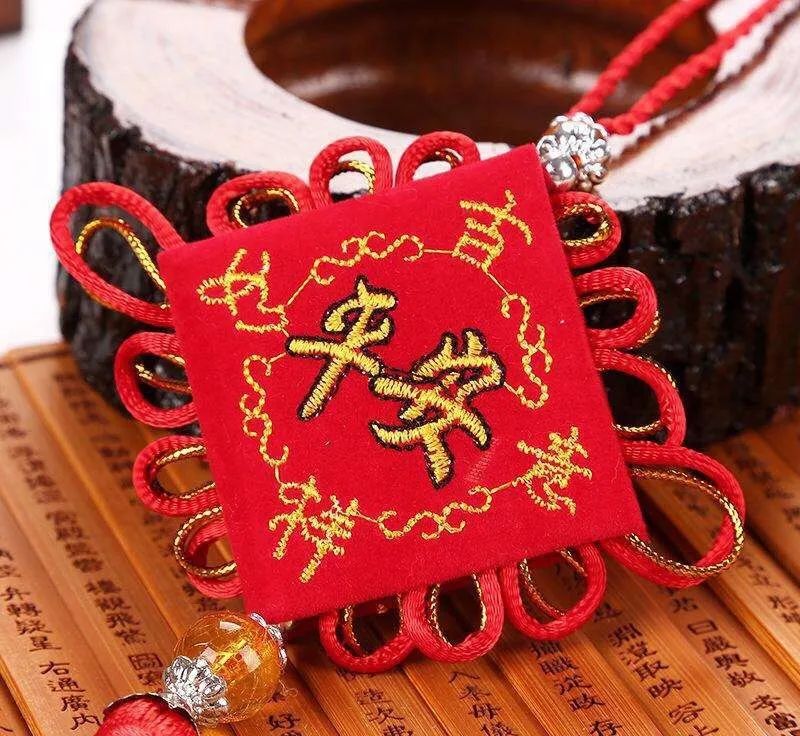 Once, I saw a woman in her seventies on the bus, dressed entirely in red. Red is a Fire color, and generally, especially in today’s society, few people choose red as their clothing color except for weddings. This elderly woman caught my attention; I thought her heart must have issues needing the red color to supplement its Qi. Indeed, she soon got into an argument with someone next to her and angrily got off the bus. This unusual red attire can reflect a person’s physical state; either the Fire nature is suppressed or insufficient. If we particularly like a certain color of clothing, it indicates that our corresponding organ may have issues.Fire Evil and Heat Evil as diseases are also akin to the Fire in nature. There is a saying, “Wind and Fire,” which describes a swift working style. We often say, “I have heat,” or “I have heat stroke.” Whenever one has heat, it is often very hot and rapid, with symptoms like sore throat and dry mouth. Some people can directly feel the need to drink cold water, gulping it down, which ultimately reflects the heat; this is also a manifestation of Fire Evil as a disease.
Once, I saw a woman in her seventies on the bus, dressed entirely in red. Red is a Fire color, and generally, especially in today’s society, few people choose red as their clothing color except for weddings. This elderly woman caught my attention; I thought her heart must have issues needing the red color to supplement its Qi. Indeed, she soon got into an argument with someone next to her and angrily got off the bus. This unusual red attire can reflect a person’s physical state; either the Fire nature is suppressed or insufficient. If we particularly like a certain color of clothing, it indicates that our corresponding organ may have issues.Fire Evil and Heat Evil as diseases are also akin to the Fire in nature. There is a saying, “Wind and Fire,” which describes a swift working style. We often say, “I have heat,” or “I have heat stroke.” Whenever one has heat, it is often very hot and rapid, with symptoms like sore throat and dry mouth. Some people can directly feel the need to drink cold water, gulping it down, which ultimately reflects the heat; this is also a manifestation of Fire Evil as a disease.
03
Metal and the Six ExcessesMetal,Represents Contraction
This refers to attributes that are serious and reclusive. Anything possessing this attribute is called “Metal.” For example, in Qing Dynasty funeral rituals, one would wear mourning clothes made of white, which embodies a solemn atmosphere. Metal is Metal, but many other things also possess Metal attributes, such as autumn in the four seasons, chickens among the five animals, pungent among the five tastes, white among the five colors, the lungs among the five organs, the large intestine among the six fu organs, and Dryness among the Six Excesses (Qi).
 There is a saying, “A woman should be charming, dressed in mourning.” Mourning clothes are primarily white, and in ancient times, white was mainly plain, which can be categorized as white. This color can highlight a woman’s charm, but it must be a young woman; if an elderly person wears this plain color, it cannot display their dignity. Traditionally, Chinese people use white as mourning attire, not to make someone charming but to reflect the solemnity of facing life’s misfortunes. The dryness of autumn is also embodied in this Metal.Metal corresponds to autumn, a season characterized by Dryness. Dryness aligns with the reclusive nature of Metal, representing a solemn atmosphere that encourages people to withdraw.For instance, if there is eczema, it needs to contract to heal, which is the retraction of Dryness, leading to scabbing. If Dryness is too excessive, or if the body’s righteous Qi is insufficient, it can turn into Dry Evil. This can lead to dry skin, with many people experiencing flaking, increased dandruff, and in severe cases, skin cracking and pain. In such cases, applying some moisturizing products or chewing on Mai Dong (Ophiopogon) or Tian Dong (Asparagus) can help moisten and alleviate dry skin issues.
There is a saying, “A woman should be charming, dressed in mourning.” Mourning clothes are primarily white, and in ancient times, white was mainly plain, which can be categorized as white. This color can highlight a woman’s charm, but it must be a young woman; if an elderly person wears this plain color, it cannot display their dignity. Traditionally, Chinese people use white as mourning attire, not to make someone charming but to reflect the solemnity of facing life’s misfortunes. The dryness of autumn is also embodied in this Metal.Metal corresponds to autumn, a season characterized by Dryness. Dryness aligns with the reclusive nature of Metal, representing a solemn atmosphere that encourages people to withdraw.For instance, if there is eczema, it needs to contract to heal, which is the retraction of Dryness, leading to scabbing. If Dryness is too excessive, or if the body’s righteous Qi is insufficient, it can turn into Dry Evil. This can lead to dry skin, with many people experiencing flaking, increased dandruff, and in severe cases, skin cracking and pain. In such cases, applying some moisturizing products or chewing on Mai Dong (Ophiopogon) or Tian Dong (Asparagus) can help moisten and alleviate dry skin issues.
04
Water and the Six ExcessesWater,Represents Storage
This refers to attributes that are cohesive and reclusive. Anything possessing this attribute is called “Cold.” The cold in nature is considered “Cold,” but many other things also possess this attribute, such as winter in the four seasons, pigs among the five animals, salty among the five tastes, black among the five colors, the kidneys among the five organs, the bladder among the six fu organs, and Cold among the Six Excesses (Qi).
 Cold Evil is something everyone understands deeply, especially women. The issue of Cold has become a topic in many aspects of women’s health. The Five Elements represent Water, which embodies a reclusive nature, a cohesive attribute, which is Cold.Another saying goes, “A man should be charming, dressed in black.” The black color represents reclusiveness. For example, there is a saying, “Not distinguishing between red and black.” Black is the color of reclusiveness. Young men, to look good, should wear black, as it is a color that suppresses and stores, allowing their youthful vitality to stand out against the black backdrop.
Cold Evil is something everyone understands deeply, especially women. The issue of Cold has become a topic in many aspects of women’s health. The Five Elements represent Water, which embodies a reclusive nature, a cohesive attribute, which is Cold.Another saying goes, “A man should be charming, dressed in black.” The black color represents reclusiveness. For example, there is a saying, “Not distinguishing between red and black.” Black is the color of reclusiveness. Young men, to look good, should wear black, as it is a color that suppresses and stores, allowing their youthful vitality to stand out against the black backdrop.
05
Earth and the Six ExcessesEarth,Represents Integration
This refers to the bridge that communicates Yin and Yang, connecting two opposing things. For example, the heat of summer, which must decline before entering the coolness of autumn, corresponds to the long summer, which is associated with the Earth element. Earth can support all things. Earth-related things include the long summer in the four seasons, cows among the five animals, sweet among the five tastes, yellow among the five colors, the spleen among the five organs, the stomach among the six fu organs, and Dampness among the Six Excesses (Qi).
 Ancient Chinese people utilized Earth extensively, especially the royal family. To display majesty, the emperors used yellow as their ceremonial color, which is grand and imposing. Today, to convey a sense of solemnity, we often use yellow and red colors, which are considered luxurious. The beige in the yellow spectrum is versatile and suitable for most people, as it is generally well-received.
Ancient Chinese people utilized Earth extensively, especially the royal family. To display majesty, the emperors used yellow as their ceremonial color, which is grand and imposing. Today, to convey a sense of solemnity, we often use yellow and red colors, which are considered luxurious. The beige in the yellow spectrum is versatile and suitable for most people, as it is generally well-received.
Thus, the relationship between the Five Elements and the Six Excesses is as follows: Wood corresponds to Wind, representing growth; Fire corresponds to Heat and Summer, representing growth; Earth corresponds to Dampness, representing integration and connection; Metal corresponds to Dryness, representing contraction; Water corresponds to Cold, representing stagnation. Based on this foundation, we will next explore the first pathogenic factor of the Six Excesses, Wind Evil as a disease.
 Approaching Traditional Chinese Medicine,Tasting TCM culture,Learning TCM thinking,Applying TCM methods.
Approaching Traditional Chinese Medicine,Tasting TCM culture,Learning TCM thinking,Applying TCM methods.
Tasting Traditional Culture
Wisdom for a Healthy Life
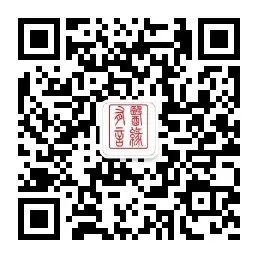
Long press the QR code to follow

